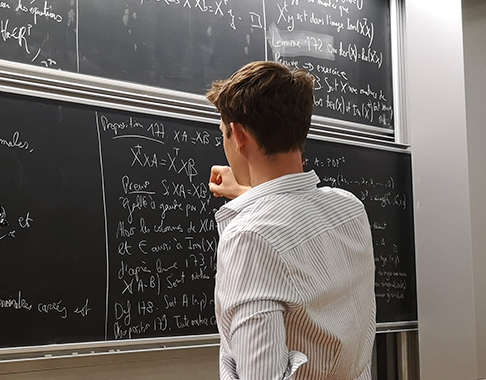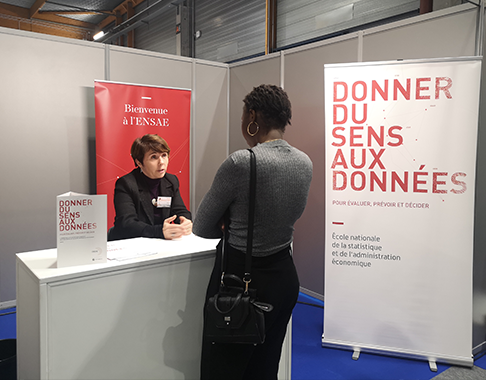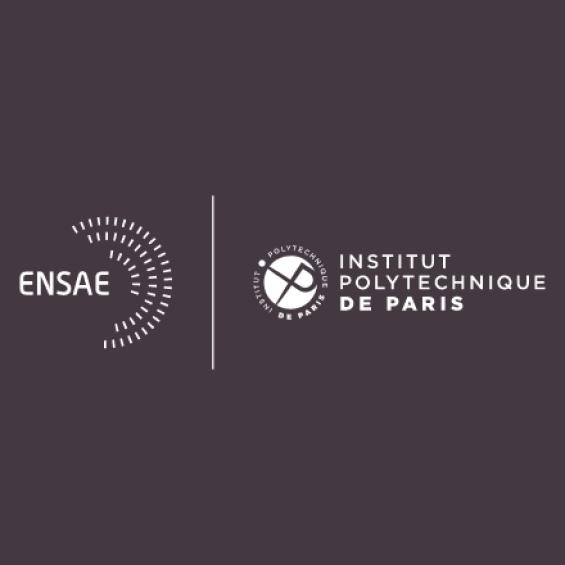Public Economics
Teacher
RUBOLINO Enrico
Department: Economics
ECTS:
4
Course Hours:
24
Tutorials Hours:
0
Language:
English
Examination Modality:
écrit+CC
Objective
This course focuses on the role of the government in the economy. It aims to provide students with a comprehensive understanding of why governments intervene in markets, the potential benefits of public policies, and how individuals and firms respond to government actions. The course begins by motivating the study of public economics and examining how taxation works in practice. It then explores the efficiency and equity implications of tax policy, before turning to the challenges of taxing individuals and firms in a globalized economy. The final part of the course considers the role of the public sector in addressing market failures, providing public goods, and promoting social objectives such as education, gender equality, and intergenerational mobility. By the end of the course, students should be familiar with both theoretical and empirical applications in public economics. They should be able to analyze and critically assess tax systems and public policies using economic tools. The course will also equip students with the ability to understand and engage with contemporary policy debates and empirical research in the field.
Planning
The classes will cover the following topics:
- Class 1: Why study Public Economics?
Part 1: Taxation in theory and in practice
- Class 2: The equity and efficiency implications of taxation
- Class 3: Tax incidence
Part 2: Taxation in a globalized world
- Class 4: Taxing individuals and firms in a globalized world
- Class 5: Tax evasion
Part 3: Public policy
- Class 6: The public sector: history and challenges
- Class 7: Education and public policy
- Class 8: Gender inequality and public policy
Student performance in this course will be assessed based on three components: a final exam, in-class participation, and a choice between a short research proposal or an oral presentation.
The final exam will be a closed-book, two-hour exam consisting of multiple-choice and open-ended questions based on the lecture material. It will cover the content of all lecture notes, but will not include material from student presentations. The final exam accounts for 60% of the final grade.
Students must choose one of the following two options, which will account for 30% of the final grade:
- Option A: Oral presentation. Students will deliver a 20-minute in-class presentation of a research paper selected from a list provided by the professor. Presentations will be held during class sessions. The list of available papers and the evaluation criteria will be discussed and distributed in class.
- Option B: Short research proposal. Students will submit a research proposal (maximum 2 pages) that includes: i) a clearly defined research question related to the course; ii) a brief review of relevant literature; iii) a sketch of methodology and data sources or a theoretical framework; iv) possible extensions or future research directions. Further guidelines will be provided in class.
Finally, in-class participation (e.g., asking questions, contributing to discussions, and general classroom engagement) will count for 10% of the final grade.
References
All the teaching material (slides, papers) will be posted online.
Jonathan Gruber, Public Finance and Public Policy, 7th edition, Macmillan, 2022 is an optional textbook.










